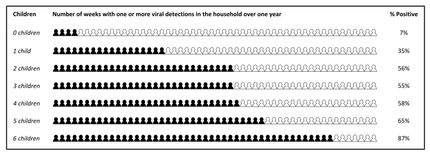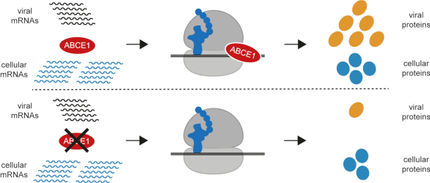Study finds H1N1 virus spreads easily by plane
Your best bet? Avoid economy and fly first class, UCLA researchers say
viruses love plane travel. They get to fly around the world inside a closed container while their infected carrier breathes and coughs, spreading pathogens to other passengers, either by direct contact or through the air. And once people deplane, the virus can spread to other geographical areas.
Scientists already know that smallpox, measles, tuberculosis, seasonal influenza and severe acute respiratory syndrome (SARS) can be transmitted during commercial flights. Now, in the first study to predict the number of H1N1 flu infections that could occur during a flight, UCLA researchers found that transmission during transatlantic travel could be fairly high.
Reporting in BMC Medicine, Sally Blower, director of the Center for Biomedical Modeling at the Semel Institute for Neuroscience and Human Behavior at UCLA, along with Bradley Wagner and Brian Coburn, postdoctoral fellows in Blower's research group, used novel mathematical modeling techniques to predict in-flight transmission of the H1N1 virus.
They found that transmission could be rather significant, particularly during long flights, if the infected individual travels in economy class. Specifically, two to five infections could occur during a five-hour flight, five to 10 during an 11-hour flight, and seven to 17 during a 17-hour flight.
"Clearly, it was air travel, by transporting infectious individuals from the epicenter in Mexico to other geographic locations, that significantly affected the spread of H1N1 during the outbreak last spring," Coburn said. "However, until our study, it hadn't been determined how important in-flight transmission could be. Therefore, we decided to make a mathematical model and predict what could be expected to occur during a flight."
Using methods from the field of quantitative microbial risk assessment, the researchers determined the number of potential infections in one transatlantic flight, assuming there was just a single infected passenger on board.
Specifically, they used the long-established Wells-Riley equation, which was developed more than 30 years ago and is now standard for predicting the size of outbreaks within buildings and other enclosed environments for infectious pathogens transmitted through the air. The equation is based on the number of exposed individuals, the respiratory rate of the infected person, the length of exposure to the infectious droplets and the concentration of infectious viral particles over time.
Within an aircraft, the concentration of particles over time is determined by ventilation rates, the volume of the cabins in the aircraft and how sick the infected person is.
"Importantly, we found that the number of infections that would occur on a flight was very dependent on which cabin the infected individual was sitting in," Blower said. "We found that many infections could occur if the infected individual was traveling in economy class but relatively few if the individual was traveling in first class."
So why do more infections occur in economy?
"Primarily, it's the more crowded conditions in economy," Coburn said. "And unfortunately, there is a very high probability — 75 percent — that if an infected person is on board, they will be in the economy cabin."
Organizations
Other news from the department science

Get the life science industry in your inbox
By submitting this form you agree that LUMITOS AG will send you the newsletter(s) selected above by email. Your data will not be passed on to third parties. Your data will be stored and processed in accordance with our data protection regulations. LUMITOS may contact you by email for the purpose of advertising or market and opinion surveys. You can revoke your consent at any time without giving reasons to LUMITOS AG, Ernst-Augustin-Str. 2, 12489 Berlin, Germany or by e-mail at revoke@lumitos.com with effect for the future. In addition, each email contains a link to unsubscribe from the corresponding newsletter.






















































